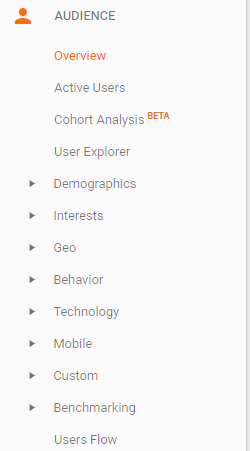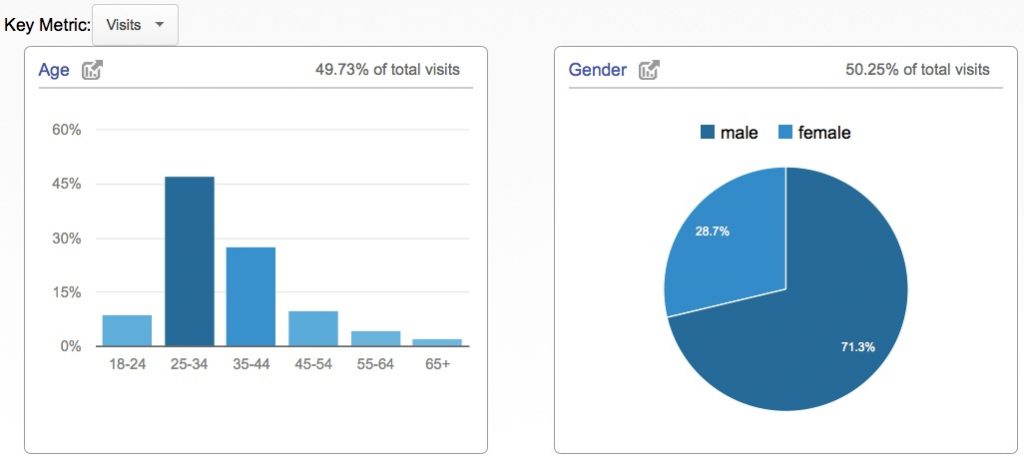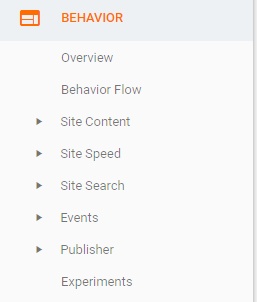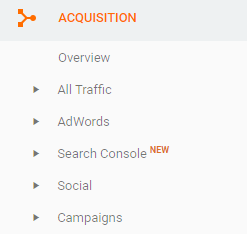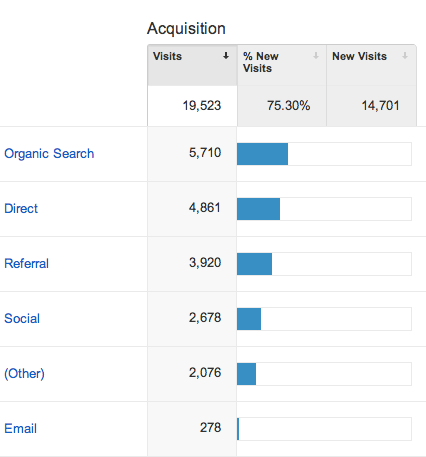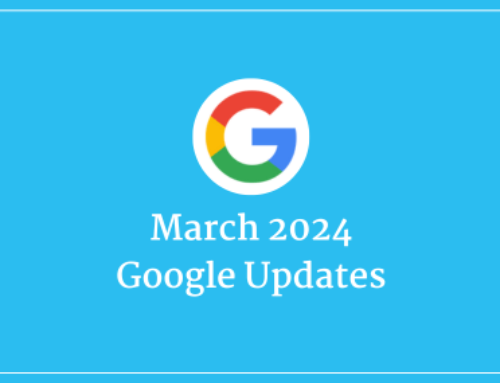One piece of sound advice after the build of a site is to install Google Analytics. Even if you don’t pay attention to your analytics and just leave it dormant, at least when you come back to pick things up you’ll have some actionable data.
So what is the Analytics Deficit or why is there an Analytics Deficit?
- Although most sites have Analytics installed and the site owners have access they lack the knowledge to use it effectively & it becomes neglected
- Those in charge don’t understand it, it’s importance, or can’t interpret data
- Site decisions are made on a whim, without studying stats
- Analytics is poorly configured and out of the box doesn’t help pinpoint the information you need
- Goal/eCommerce tracking isn’t set up, you need to configure that for your own needs
- Lack of training on many of the advanced features such as creating remarketing lists or advanced segments
- The account can be riddled with spam
There’s so much information in Google Analytics that can be accessed that it’s difficult if you’re new to Analytics to know how to interpret or use it without some training on it.
You need to know how to access the types of data most relevant to you, as well as how to interpret it. You may be able to view your web traffic but if you don’t act on the information to understand how your digital marketing strategy is performing, then it’s a huge missed opportunity for success.
Google Analytics consists of 5 reporting sections Real-Time, Audience, Acquisition, Behavior and Conversions as well as a customisation section. They all contain subreports with reams of information, though not all may be useful to your marketing.
What categories in Google Analytics matter to marketing?
The 3 main categories (though obviously don’t forget conversions!) that will give you the most relevant data for digital marketing strategy are:
1. Audience
The Audience category displays demographic information on the people that visit your website. This includes age, gender and location. It also contains information on the browser people use as well as what type of device and operating system your website visitors are using.
How can I use Audience analytics to inform my digital marketing strategy?
Knowing demographic data on your target audience is classic market research gold.
Being aware of the age, gender, location and interests of your website visitors will give you insight into who you should create your website content for and tailor it for what they’re interested in. Knowing what devices people are accessing on might help identify if you need to focus more on your mobile site traffic or if the desktop site needs more attention.
From the audience report, you can build up the personas of people who use and convert on your site. For instance, you could identify 25-34 year-old males from Belfast as the biggest converts. You could use this information for bidding more in Google Ads, or running a Facebook advertising campaign targeted to this demographic.
2. Behaviour
The Behaviour category gives you trackable and measurable insights on how people are using your website. This includes data on how website visitors get from one page to another on your website as well as what your most popular pages are by the number of visits.
How can I use Behaviour analytics to inform my digital marketing strategy?
Being able to see how you website visitors are using your website will help to show if you have a website that is easy to use. If they’re only visiting 1 or 2 pages and your bounce rate is high, then you may need to do some redesign on menus and accessibility.
You can also see if there are pages doing well or pages you need to change or even remove if they’re not getting much attention from website visitors. For instance, you might have 8 links in your navigation. You can see over time that 2 of those links are rarely clicked on, so why have them in the navigation? You can also measure events in this section, who downloaded the reports that you spent time and money on?
3. Acquisition
The Acquisition category will include detailed data on traffic sources showing how people found your website. This shows who types your domain into the address bar, who found you from a search engine as well as who clicked through to your site through social media.
How can I use Acquisition analytics to inform my digital marketing strategy?
Acquisition is great for telling us what channels are working and converting. You will be able to use the data here to help determine which social media channels or referral sites are working for you and which aren’t. This might involved posting more relevant content in your posts or dropping a channel altogether if it’s not working.
It will also help to determine how your SEO is performing if you’re getting good search traffic and do year-on-year comparisons as well as to measure the effectiveness of email campaigns you may be running.
From accounts we have reviewed we typically see more than 80% of traffic is organic, with no PPC ad campaigns running. There’s a feeling / mistaken belief, particularly in NI of ‘why would you pay for traffic when you can get it for free?’, well the simple fact is that Ads and PPC traffic is additional traffic. If you don’t run ads you won’t get the missed traffic from your SEO efforts.
Thanks for reading. If you would like to arrange some custom training on Google Analytics for yourself or a group, please let us know and we’ll be happy to help.

